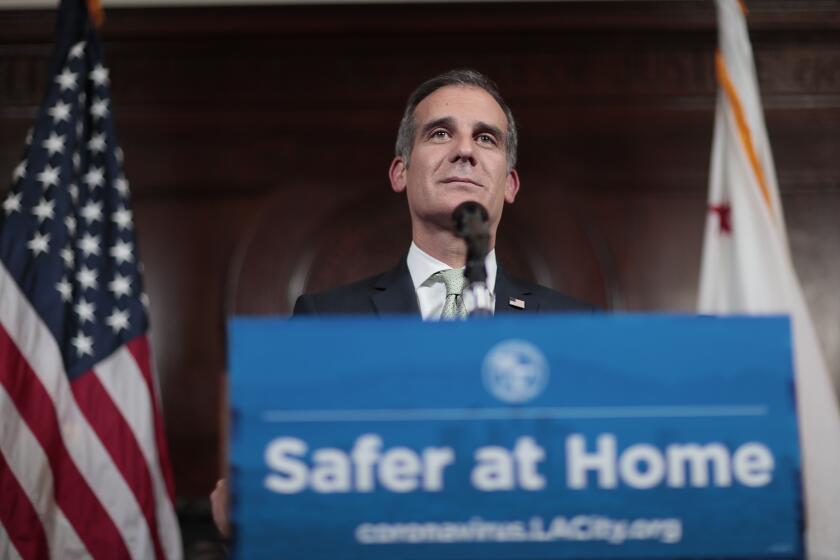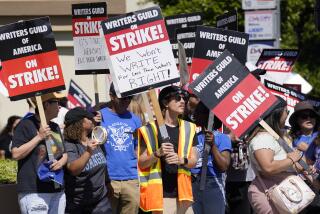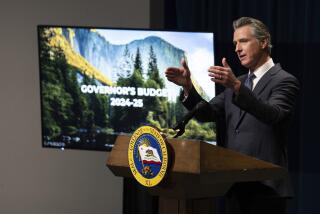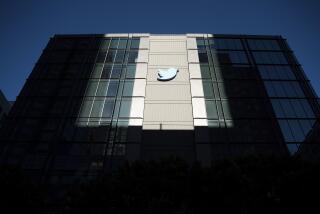Newly eligible California workers in limbo over unemployment benefits
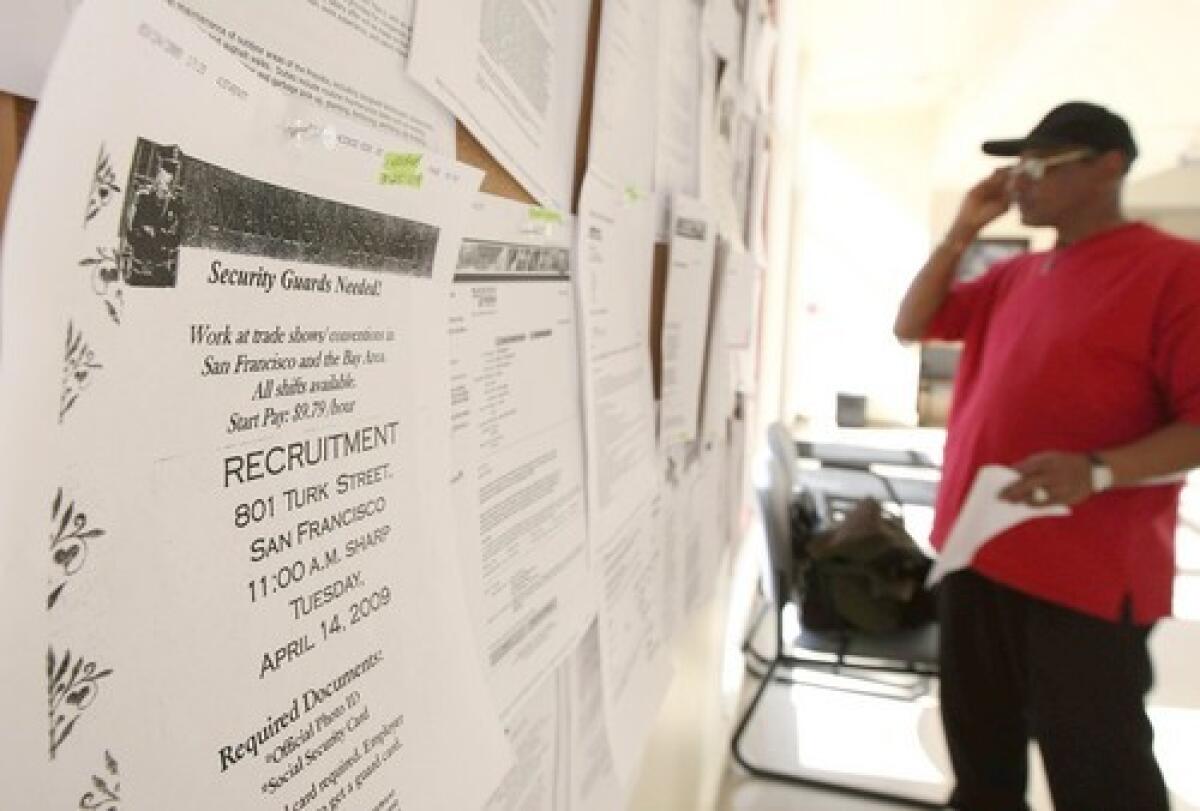
WASHINGTON — Millions of gig economy, contract and furloughed workers who were promised they would qualify for unemployment benefits for the first time during the coronavirus pandemic are in limbo as the federal government and states scramble to implement that part of the $2.2 trillion relief package.
It could be weeks or longer before those newly-eligible workers get help as states await clarification from the Labor Department about precisely who qualifies and what documentation is required, and states then race to modify their existing unemployment insurance systems to include the expanded pool of recipients.
In California, officials are discouraging such workers — including those who have seen their hours cut drastically but still have jobs — from even applying at this time.
“I don’t have any estimate [of timing],” said Loree Levy, deputy director of the California Employment Development Department, which oversees unemployment insurance claims. “Everybody is working around the clock to make it happen quickly. We’re still trying to get an idea of what that [federal] blueprint is going to look like.”
Under federal rules, people will receive benefits backdated to when they became unemployed because of the coronavirus, not to when they apply. So in the end, workers should not receive less money due to the delays.
Other parts of the enhanced unemployment benefits included in the massive bailout plan passed by Congress last month are moving faster. The extra $600 a week — on top of state benefits currently provided to those who qualify for unemployment under existing rules — could take effect soon, Levy said, including the extension of those benefits for an additional 13 weeks, once the 26 weeks of state benefits expire. The department initially said the $600 payments could potentially begin flowing this week, but now warns it may take longer.
L.A. Mayor Eric Garcetti announces changes in new rules on paid leave that he said put some businesses at risk during coronavirus crisis.
In California, that extra federal money will boost the maximum payout from about $1,800 a month to about $4,200 a month.
That’s a much easier provision to implement since it relies heavily on current rules and practices. California is modifying its computer systems to put those changes into effect, and hopes to be able to say this week exactly when the additional $600 will begin to flow, Levy said.
But creating a new system that expands unemployment insurance to a pool of people who have never been eligible before could take some time. Levy said California would normally take six to 18 months to create such a new program. But such a time frame is not acceptable when millions of Americans find themselves abruptly unemployed, she added.
The federal rescue package expanded the universe of who qualifies for jobless benefits by creating the Pandemic Unemployment Assistance program to include people who are self-employed, temporary workers, part-time workers, freelancers, contract workers, and gig economy workers. It also included workers who still had jobs, but had their hours drastically cut.
Delays in rolling out these new benefits potentially put at risk a critical, innovative part of the rescue plan — a promise that the federal government will pay unemployment claims to people furloughed by their employers, not just those who were laid off. It was meant to encourage businesses to keep their staffs so they can reopen quickly once the economy turns around.
California is eligible for up to $118 million of the $1 billion set aside in the relief package to help states cover the administrative and programming costs of adjusting and expanding their unemployment insurance programs, and dealing with the onslaught of new claims as the economy grinds to a halt amid the coronavirus outbreak. Many states are struggling to make programming changes to archaic computer systems.
The increase in unemployment claims across the country has only begun. In the final two weeks of March, nearly 10 million Americans filed unemployment claims. California saw a 370% increase in unemployment insurance claims processed from the week ending March 28 and the week before, and the number is expected to increase as more workers are laid off or furloughed.
Over the weekend, the Labor Department issued a 43-page guidance to the states providing an overview of what it expects each state’s Pandemic Unemployment Assistance program to look like.
But California officials say they need more information and details from the Labor Department before they can proceed. Unemployment is a shared state and federal program, and a violation of federal rules can have ramifications for states.
“There are some things in there we have to get clarification on,” Levy said. “The federal government pays for it. We have to wait for their rules and regulations, and build it into our system.”
The Labor Department did not respond to requests for comment.
California was hoping the Pandemic Unemployment Assistance program would mirror its existing emergency unemployment insurance program. But the Labor Department guidance indicates the federal government expects something more detailed.
“That’s a tough one because it’s a whole new program, brand new,” Levy said. “It’s their money, so we have to abide by what they want us to implement.”
Oregon Sen. Ron Wyden, the ranking Democrat on the Senate Finance Committee, questioned in a statement whether the guidance issued by the Labor Department is confusing and narrowly written in a way that “will inevitably prevent workers from receiving assistance they desperately need and should qualify for.”
His staff pointed to language in the guidance indicating that a person may qualify for unemployment if they quit their job because they or a family member have tested positive for COVID-19. But that’s something that could be difficult to prove when a shortage of tests means many people are being encouraged to self-isolate even without confirmation.
Wyden’s office also pointed to language indicating that a person could qualify if they cannot work because they are taking care of a child while school is closed. But they will not qualify once the school year ends. Wyden’s office says that ignores that many summer programs and day care centers will likely be closed.
For Mark and Archana Olsen of Redondo Beach, who both fall into the pool of workers who will temporarily qualify for the newly expanded unemployment, the benefits would be welcome.
In recent weeks, Archana, 46, was furloughed from her job in the hospitality industry. Mark, 53, a freelance writer and producer, has seen his work drop significantly as companies have scaled back nonessential work. Previously neither may have qualified for unemployment.
“It’s been a little bit devastating for our household,” Mark Olsen said. “I’m not living paycheck to paycheck fortunately. But in the mid-term, it would be nice to know there is some relief on the horizon if this goes on for more than a month or two.”
He hasn’t heard from the state since applying for benefits 10 days ago, which he attributed to the number of new claims being filed.
“I’m trying not to get too alarmed by the whole situation,” Olsen said. “I do believe the government wants to put money in our pockets.”
Levy said the best thing people who fall into the expanded pool can do at the moment is wait to file their claims and allow the state to clear the overwhelmed pipeline of those who would normally qualify for unemployment.
She said updates about when people should apply and other information will be posted at the department’s website.
“Hang tight, which is so difficult to do,” Levy said. “But we’re going to work through it. We can’t really help direct anybody until we know how the federal government wants that to work.”
More to Read
Get the L.A. Times Politics newsletter
Deeply reported insights into legislation, politics and policy from Sacramento, Washington and beyond. In your inbox three times per week.
You may occasionally receive promotional content from the Los Angeles Times.

